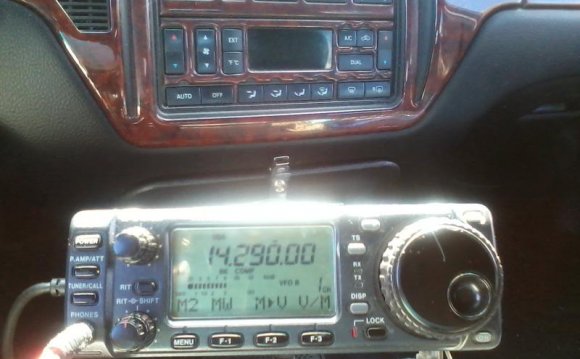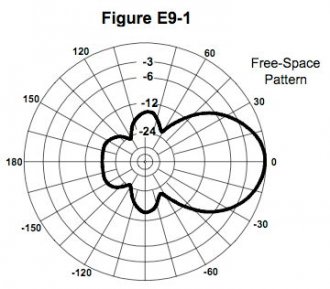
NOTE:This is the PDF version. You should be able to view this on nearly any computer. The study guide is also available as a .mobi file that you should be able to view on a computer with the Kindle app and an ePub file for the Barnes&Noble Nook.
The No-Nonsense series of amateur radio license study guides has become famous for helping people pass the tests. Written in a simple, easy-to-understand style, this study guide will help you upgrade to Amateur Extra Class in no time. Here’s what others have had to say about the “No-Nonsense” amateur radio license study guides:
- “Thanks for the No-Nonsense study guides. They are wonderful. I used it to study for the Tech and General (passed both of them missing only a few questions each). After reading the guide once through for a primer I just started taking the practice tests over and over until I got things down.”
- “Thank you! I’m already recommending your materials to friends of mine.”
- “Thank you for your fine study guides. I passed the Tech and General on the same day.”
Here’s an excerpt from the study guide:

Many amateurs use directional antennas because they are said to have “gain.” When this term is used, what it means is that a directional antenna will output more power in a particular direction than an antenna that is not directional. This only makes sense; You can’t get more power out of an antenna than you put in. Assuming each is driven by the same amount of power, the total amount of radiation emitted by a directional gain antenna compared with the total amount of radiation emitted from an isotropic antenna is the same. (E9B07)
To evaluate the performance of directional antennas, manufacturers will measure the field strength at various points in a circle around the antenna and plot those field strengths, creating a chart called the antenna radiation pattern. Figure E9-1 is a typical antenna radiation pattern.
The antenna radiation pattern shows the relative strength of the signal generated by an antenna in its “far field.” The far-field of an antenna is the region where the shape of the antenna pattern is independent of distance. (E9B12)









